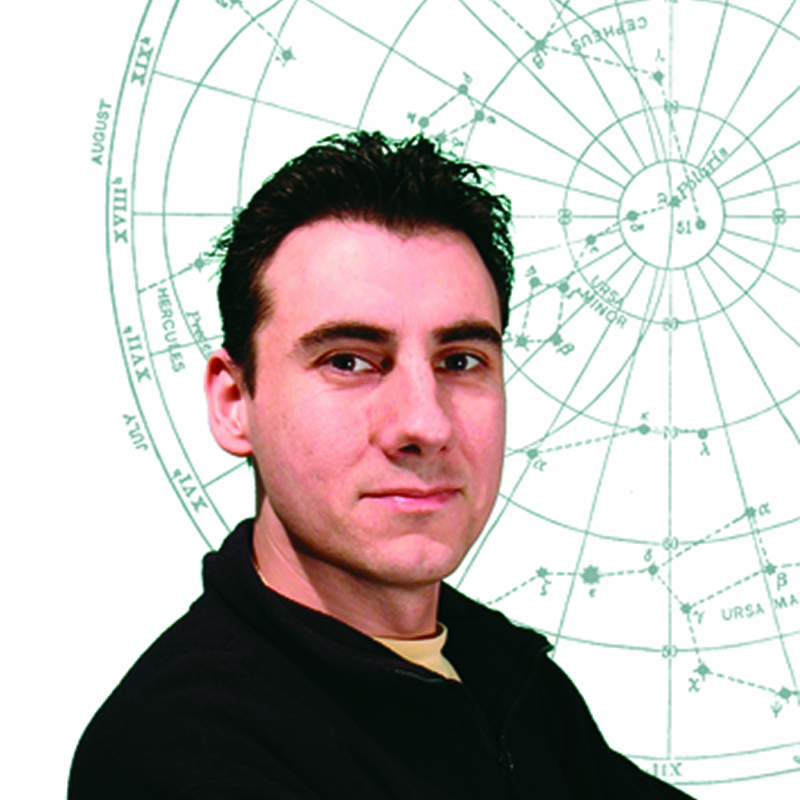Many amateur astronomers get their first proper look at the night sky through a telescope owned by a friend or relative. Once you’ve bought a scope of your own, moving around the night sky becomes a more important consideration. The first time you attempt this, may notice your telescope view is mirrored or upside down.
Star patterns may appear mirrored left to right, upside-down, or even both at the same time. Add some tilt into the view and you could be forgiven for thinking something was amiss.
But there’s nothing to worry about. You just need to know that each telescope design has a different optical configuration, and that these different systems produce different views of the skies.
More on telescopes:
- Telescope stats explained
- Understanding the limits of your telescope
- Should I get a reflector or a refractor
For most, this is of no consequence whatsoever: you just get used to how any scope functions. It’s not like we don’t have to cope with such things in everyday life: take your reflection in the bathroom mirror, or the rear-view mirror of your car.
Our brains process these reversed images without a second thought, and a telescope is no different.
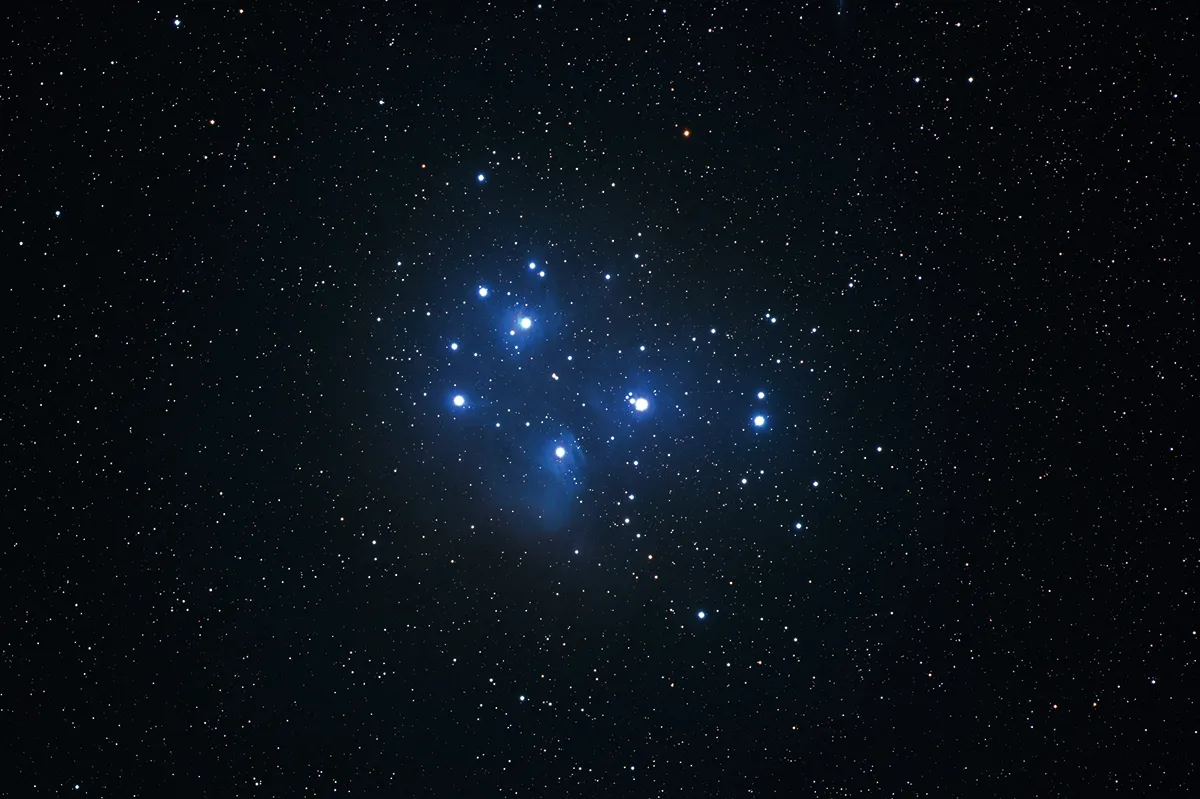
Despite the fact that you can argue, quite rightly, that there is no ‘up’ in space – what’s the right way up in the northern hemisphere appears upside down from the southern hemisphere, after all – it is still useful to know why some telescopes show things one way round and others show them differently, and how to ‘correct’ things for your comfort.
If you use more than one telescope when out observing and imaging, what do you need to do to make the orientation the same, so you don’t have to learn a completely different technique for locating objects?
The main reason for any adjustment is to make reading star charts easier. When you’re trying to star hop to a faint target under the muted glow of a red torch, reversed images can be trying.
Do some experimenting to get an understanding of what’s best for you.
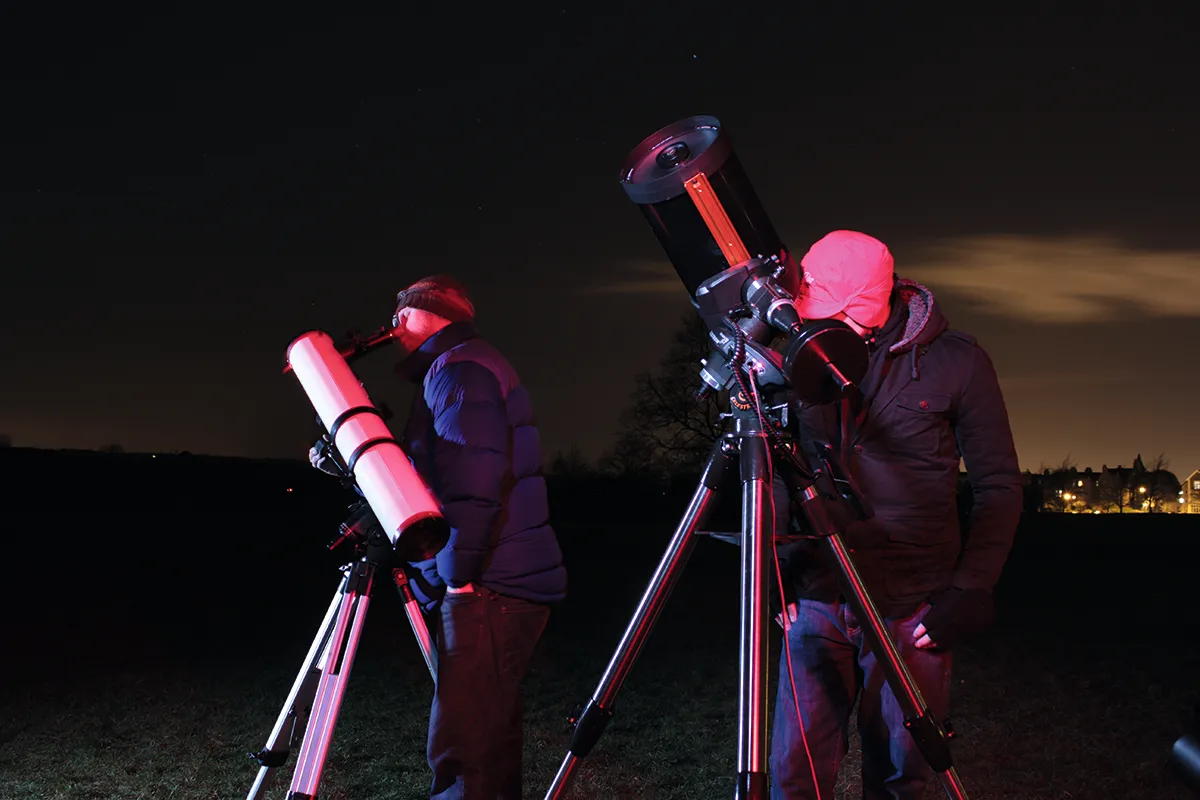
Which telescopes show an upside down view?
Telescope manufacturers are not trying to trick you with all this. The difference in orientation is a consequence of how the light is brought to focus by each scope design.
Generally, if your telescope has an even number of optical elements – such as a Newtonian reflector with its two mirrors – your object will appear upside down.
If it has an odd number, like a Nasmyth-Coudé with its three mirrors, the image is reversed left to right.
A simple refractor produces an upside-down view.
How to correct a telescope's upside down view
Many refractor users add a star diagonal to their setup, which gives you the image the right way up but mirrored.
You could alternatively add a prism diagonal to produce an image that is the right way round and the right way up.
But you cannot easily use a star diagonal with reflectors, due to the extra focal length they add. Doing so pushes the eyepiece farther away from the focus point, and it is not possible to draw the focuser in enough to get it back there.
However you decide to alter your orientation, be aware that the more equipment you stick between your eye and the object in question, the more degraded the image is, even if only ever so slightly so.
You lose light, as more optics scatter some away, and optical aberrations could be introduced.
Below are visual examples of how the orientation of the Moon changes with different equipment.
Upright

This is how the Moon appears to the naked eye. You’ll also see the same thing when using binoculars, as their optics don’t cause any changes in orientation.
Upside-down
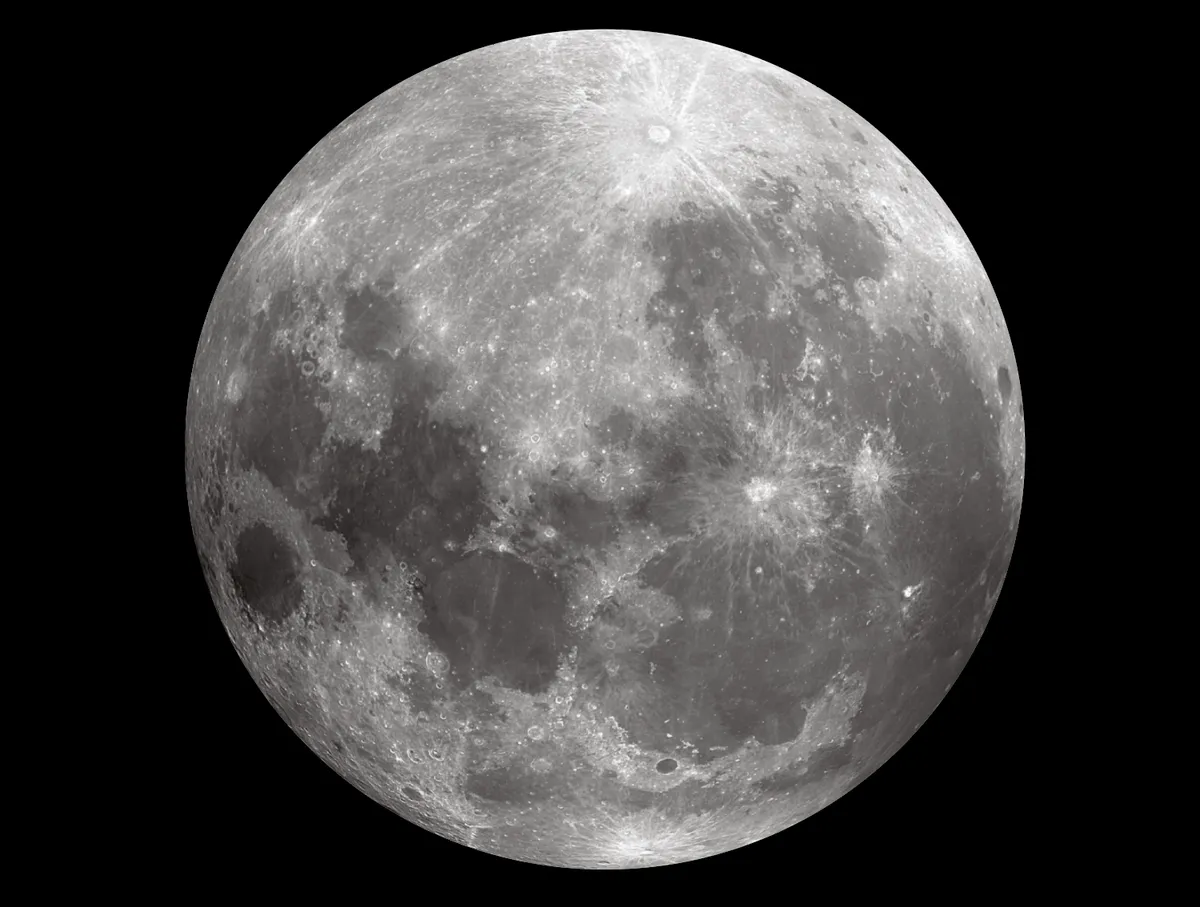
The Moon appears flipped vertically through a refractor or Cassegrain, or a Newtonian reflector with the eyepiece sitting vertically at the top of the scope.
Upright but mirrored
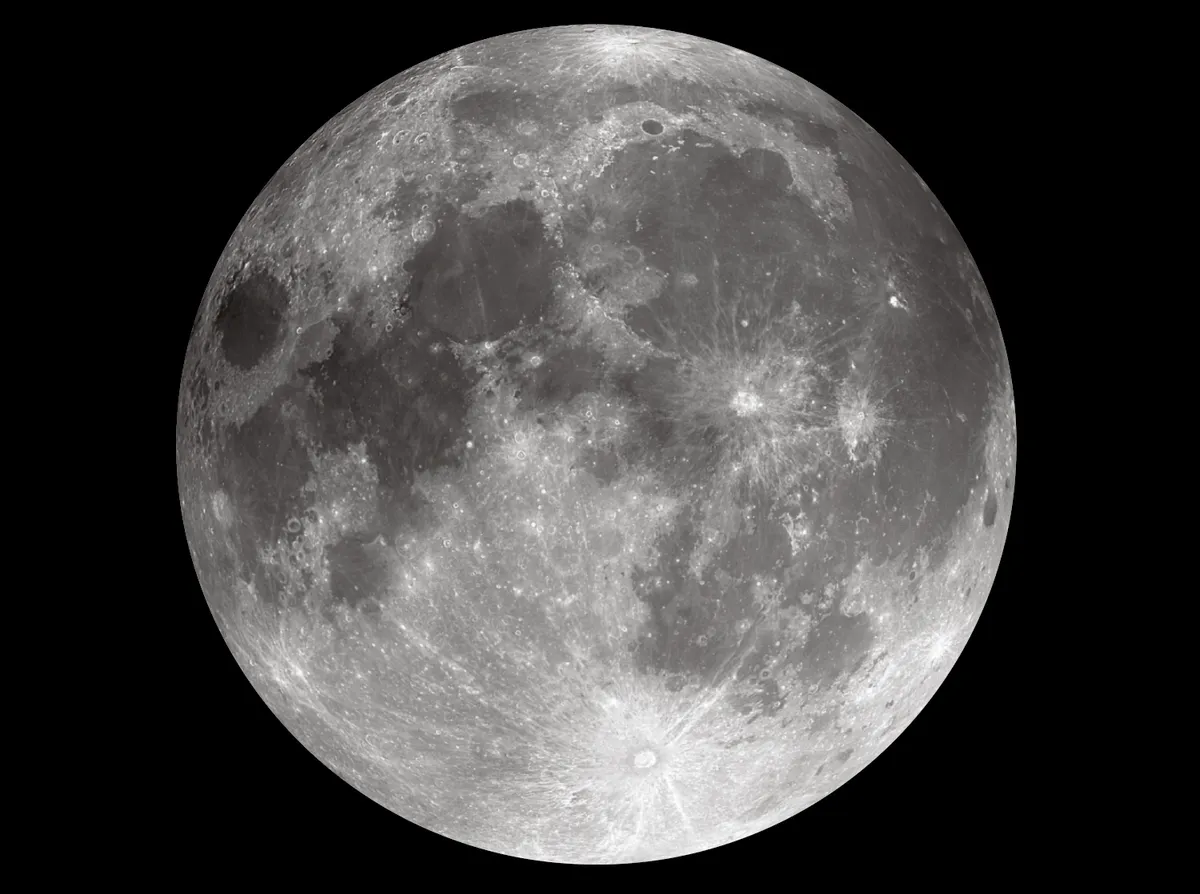
Adding a mirrored star diagonal to a refractor or Cassegrain gives this orientation, where north is at the top but east and west are flipped.
Upside-down and mirrored

Mercifully, this awkward orientation is rarely achieved, unless you add certain types of erecting prisms to Herschelian or Nasmyth-Coudé telescopes.
Corrective telescope accessories
Star diagonals

These accessories work by adding a mirror, angled at 45º, into the light path. This bounces the light through 90º degrees from the direction it entered the scope, which has the effect of orientating images so they are the right way up but back to front.
Erecting eyepieces
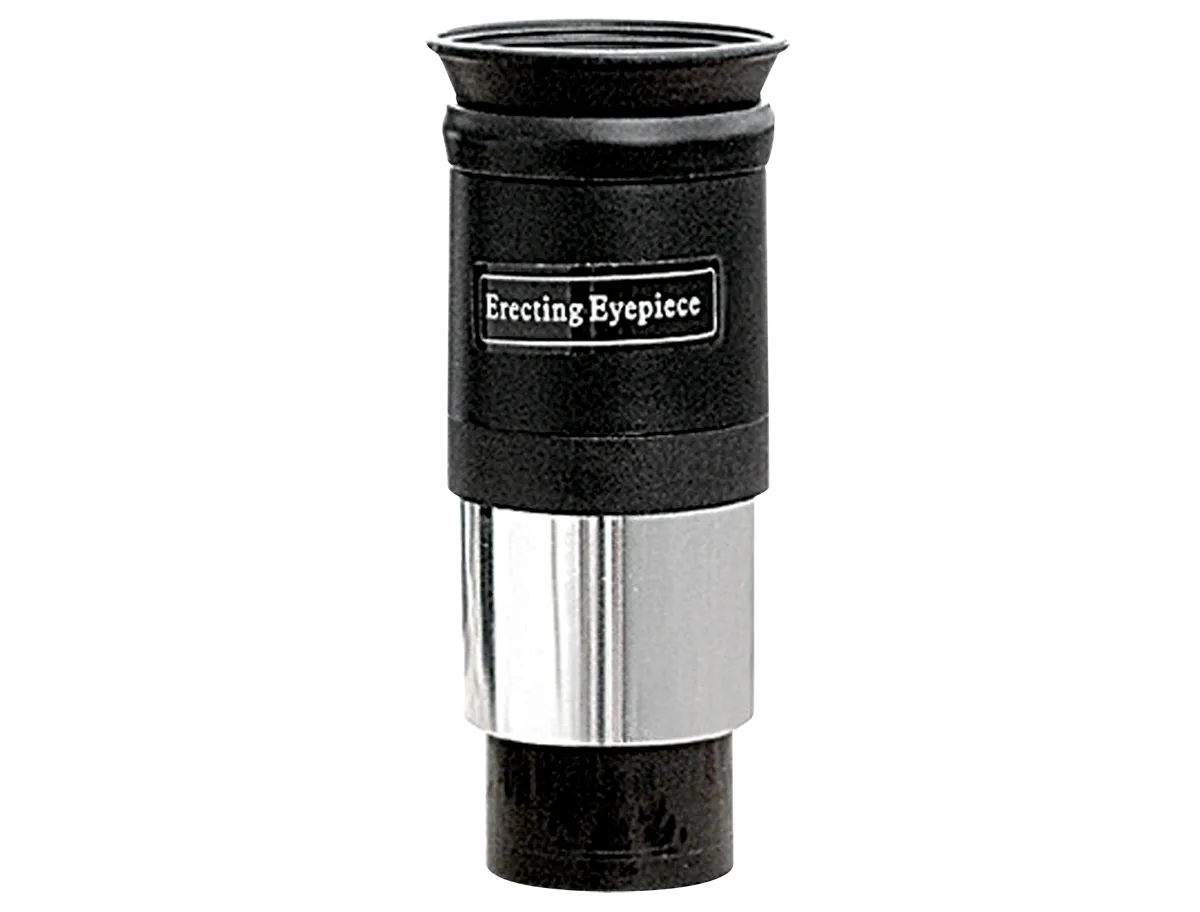
These also reflect light through 90º degrees, but they use prisms. They are sometimes sold with scopes, but are more useful for daytime observing, since the extra glass that they contain can dim the view of faint starlight.
This guide originally appeared in the November 2012 issue of BBC Sky at Night Magazine.
